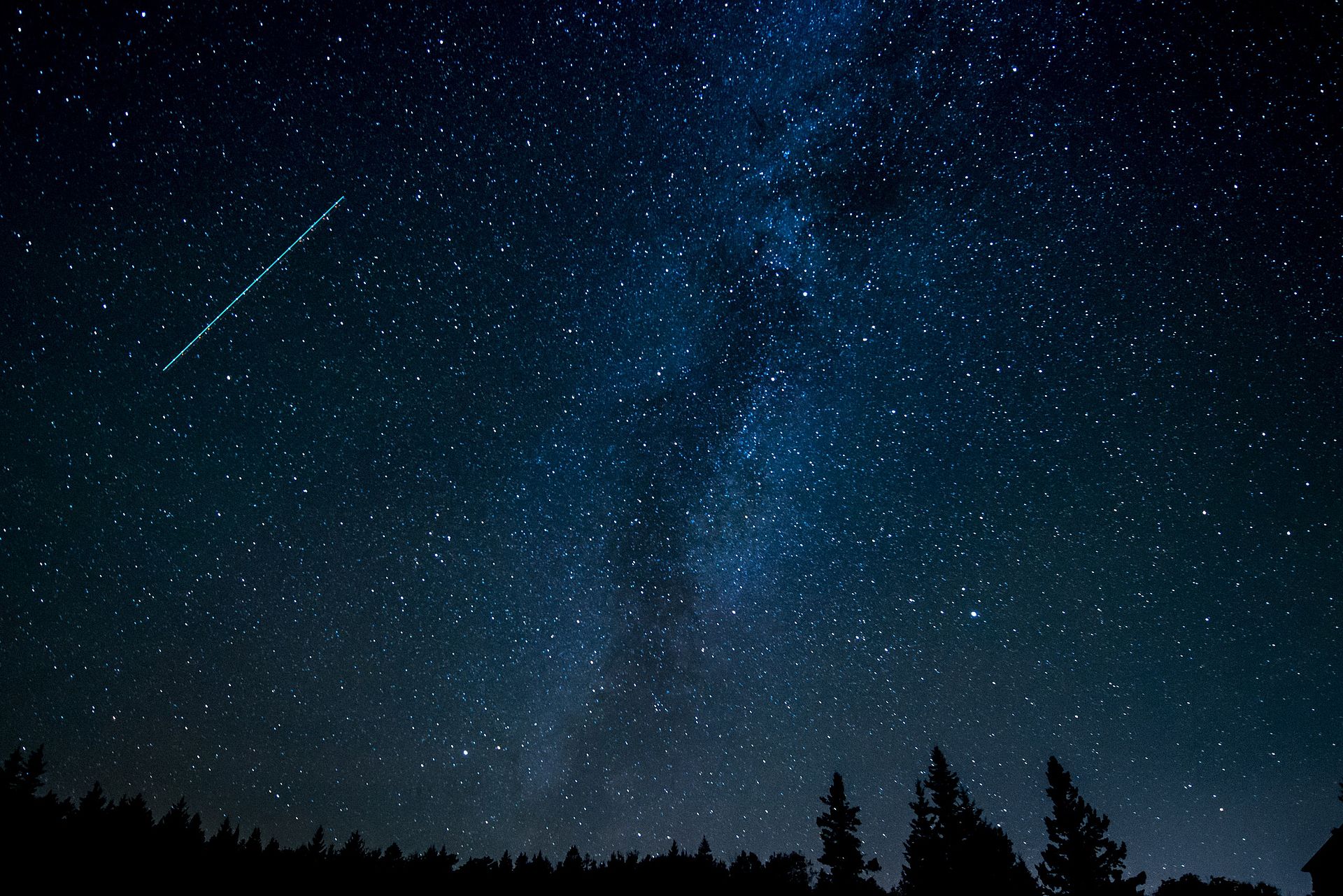Asteroids, meteoroids and comets can be found among the small matter orbiting our sun. They do not acquire a spherical shape on account of their low mass and gravitation. Those crossing the Earth’s orbit, also referred to as NEOs (Near-Earth Objects), are monitored by teams of experts all over the world as they can be on course to collide with the Earth. Asteroids are star-like rocks. We currently know of around 685,000 of them. Only a few achieve a diameter of several hundred kilometres. Most of them are to be found in the asteroid belt between the orbits of Mars and Jupiter. Asteroids are leftovers of the origin of the solar system. As are comets: apart from loose rock, they also comprise frozen gases and water. These “dirty snowballs” can be found in the Oort Cloud or in the Kuiper Belt. Sometimes, passing stars tear them out of their orbits. As they approach the sun, their gases sublime and rip off particles of dust. Solar wind elongates this cloud referred to as a coma enabling the development of a comet tail of up to 100 million kilometres in length.
Meteoroids range in size from only a few millimetres to several metres. They are smaller than asteroids but there is no clear distinction in terms of their chemical composition or size. They evolve, for example, when the gravitation exerted by planets pulls them out of an asteroid belt, the solar wind knocks them out of the comet core or when two asteroids collide. Once they enter the Earth’s atmosphere, they are called meteors – also commonly known as shooting stars, as they light up as the air particles are charged. All of these become meteorites when they are additionally accompanied by impact with the Earth. Their incredible impact speed of several kilometres per second and the ensuing blast wave can inflict tremendous damage. The AIM spacecraft is the communication and observation centre for the mission.

